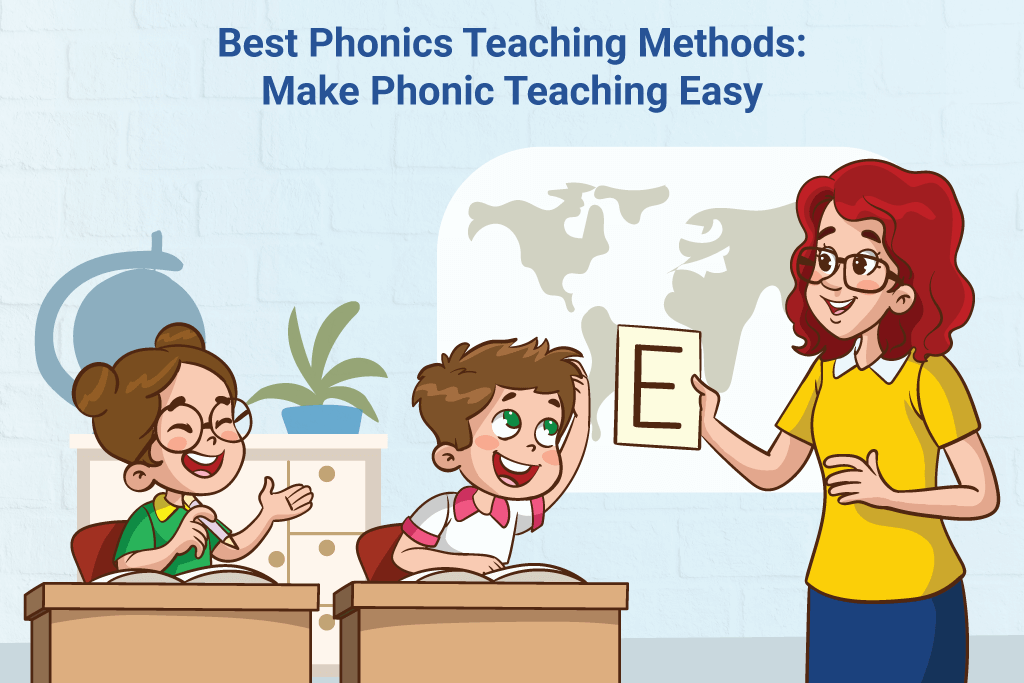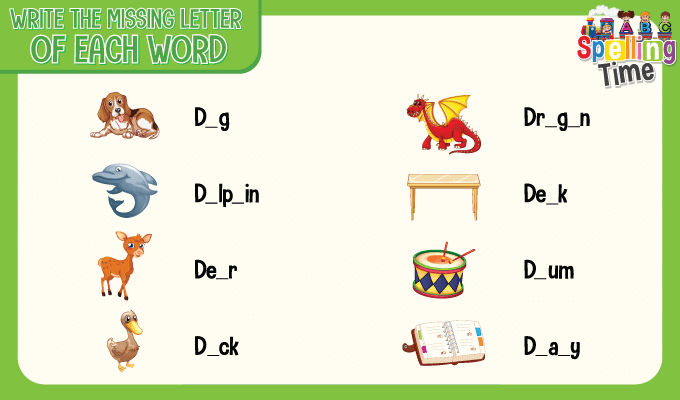Best Phonics Teaching Methods: Make Phonic Teaching Easy
Teaching phonics is not just a task. It is a foundational step in a child’s education journey. When a child can easily decode and understand the sounds of letters, he develops strong reading and spelling skills. Phonics education makes a child more confident and expressive. There are many methods that you can use to inculcate language and grammar skills in a child.
In this blog, we will focus on some of the best phonics teaching methods. Let’s begin by understanding the key components of phonics teaching.
Transform Teaching with Top Phonics Strategies!
A] Key Components Of Phonics Teaching
Here are some of the most important components of phonics teaching that every tutor must know.
1. Explicit Phonics Instruction
To begin with, a tutor should follow a systematic and direct approach to teaching letters and sound relationships to a child in a Phonics course. It’s important to give explicit phonics instruction so that a student develops a clear understanding of the phonetic code.
2. Regular And Irregular Words
Several common words have letters with familiar sounds. Students can learn regular words with the help of phonics. It’s possible to use phonetics to spell and build most words. Students can also understand sound and written letters with the help of phonics.
A tutor can implement a phonetic spelling strategy to teach regular words to a child. Students can easily understand these words by sounding them out during phonics instruction. However, there are some words or combinations that students might find difficult to comprehend. In such cases, you can teach students to use the ‘whole word’ or teach them how to memorize it.
3. High-Frequency Words
Some common words find their place in text repeatedly. These words are high-frequency words that might often be easy to sound out for children. However, if these words are exceptional, a tutor might have to make a student recognize these words by following learning and memorizing strategies.
Most often, students come face-to-face with high-frequency words in reading comprehension. Some of these words can be complicated to spell, understand, and pronounce.
Sometimes, students can learn how to spell these tricky words, but they forget the spellings just as soon. A tutor should use a multi-sensory way to help a student learn these frequency words with the phonetic method of teaching reading.
4. Multisyllabic Words
Multisyllabic words contain more than one syllable or a vowel sound. The best way to teach students these kinds of words is to break down each word and pronounce it correctly. A tutor also needs to help a student learn different rules so that he can read and spell these words strategically.
This way, students can develop a strong foundation in reading and spelling. It’s also important that you explain the relationship between the letters and sounds to the children.
You can implement the techniques for helping students blend sounds to form these words and segment words into individual sounds. Teachers can use several decoding strategies to help students decode unfamiliar words using the phonics rules.
B] Tips For Improving The Phonics Teaching Method
Here are some tips that you can use to improve the phonics teaching methods.
1. Children Must Be Able To Comprehend The Letters
Recognizing letters is important. However, children must also comprehend the shapes, sounds, and associations of each letter. It will help them form a solid foundation In phonetics. Teaching Phonics should focus on helping children identify the letters, understand the sounds, and the role they play in constructing words.
2. Repetition And Practice
Practice and repetition will help students master phonetics. Make sure that the student consistently practices his phonics skills. It will help him in better retention and application of the skills. Repeated exposure to letter-sound relationships will help in ensuring that the child develops lifelong grammar skills.
3. Play Word Games
The most effective way to teach a child is to make them learn through play. You can incorporate word games to make phonics learning engaging and enjoyable for students. Games will add an element of fun and motivate children to participate in practising phonics skills.
4. Break Down The Words
The best way to teach complex words to a child is to break them down into smaller components using the phonics method of teaching reading. It will make the process more manageable for Little learners.
You can show children how to identify prefixes, suffixes, and root words. Children can approach unfamiliar words with much more confidence if they learn this strategy.
5. Let Children Learn At Their Own Pace
Every child learns differently and at his own pace. Create a positive learning environment for a child where he can learn as he pleases.
Some children grasp phonics concepts quickly. On the other hand, some students might need more time. So, you must introduce flexibility in the phonics method of teaching to reduce stress on a child.
6. Get Children To Read Books, Newspapers, And More
Expose the child to diverse reading materials. It will help in introducing his vocabulary and comprehension. When children explore various texts beyond the classroom, they learn about different writing skills and contexts. It helps in improving their language skills.
7. Make Children Pronounce Words As They Write
Children must understand the connection between phonics and writing. So, you should encourage children to pronounce words as they write them down. This practice will help them establish the link between spoken and written language and increase their phonemic awareness.
8. Gamification Of The Teaching Process
Teachers can also incorporate games into the teaching process to add an element of fun. Gamification will make phonics lessons enjoyable and memorable for the students. It will help you in capturing the child’s interest so that he learns the concepts playfully and interactively.
9. Use Montessori Sandpaper Letters
You can also incorporate tactile strategies to enhance the learning experience of a student. Montessori sandpaper letters allow you to adopt a hands-on approach to help students in letter recognition and sound association.
Children can trace the sandpaper letters and understand the connection between the visual representation of letters and their sounds.
Transform Teaching with Top Phonics Strategies!
Conclusion
Effective phonics teaching is the gateway that allows you to unlock a child’s learning potential. By understanding these components, and using practical tips, educators can make phonics based reading, and learning easy and enjoyable for kids.
Educators can use these effective phonics teaching methods to incorporate lifelong skills in a student. These skills will help in the literacy development of a child for his entire life. To learn more about Phonics Teaching Method, contact Phonic Smart.



